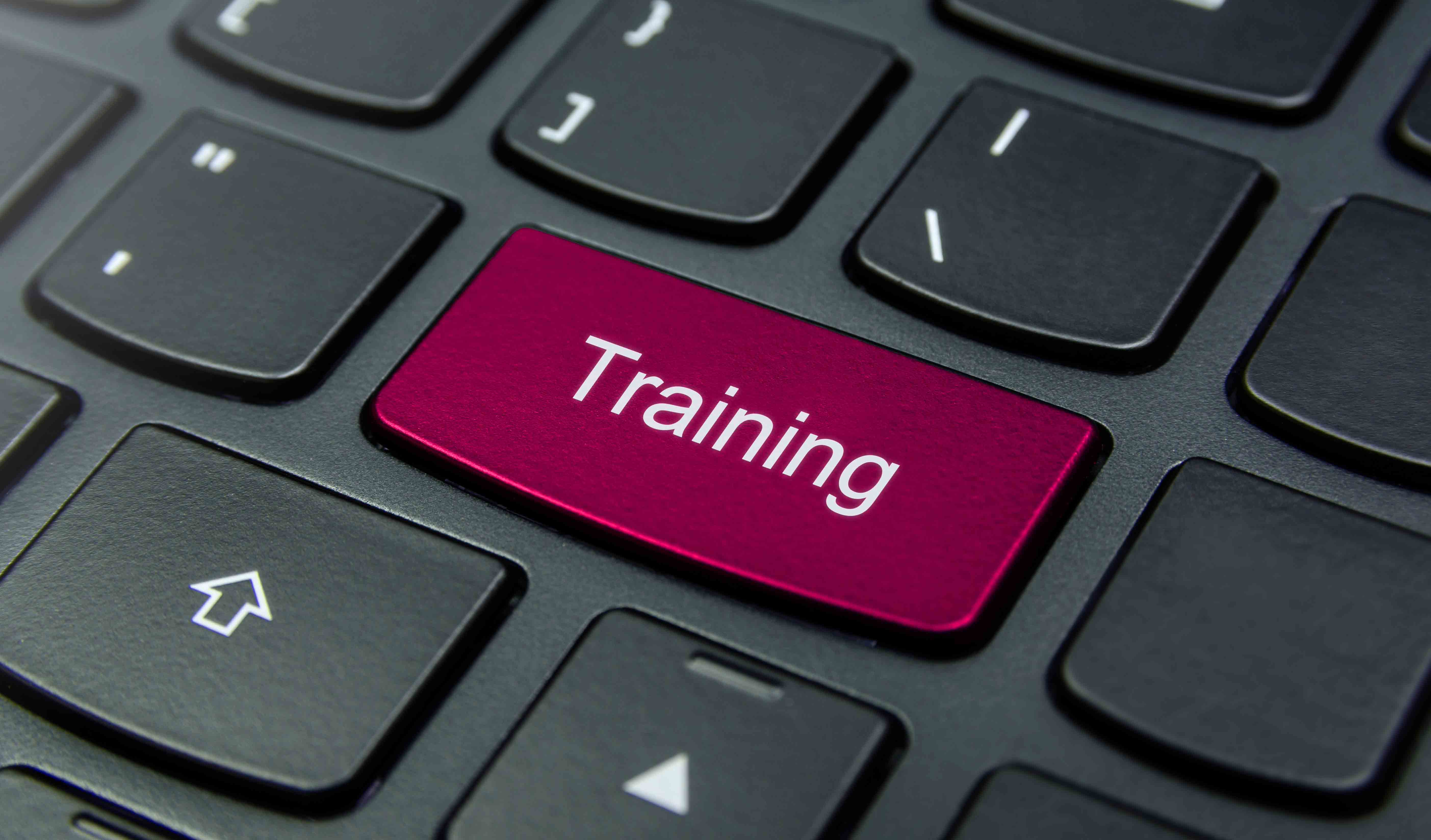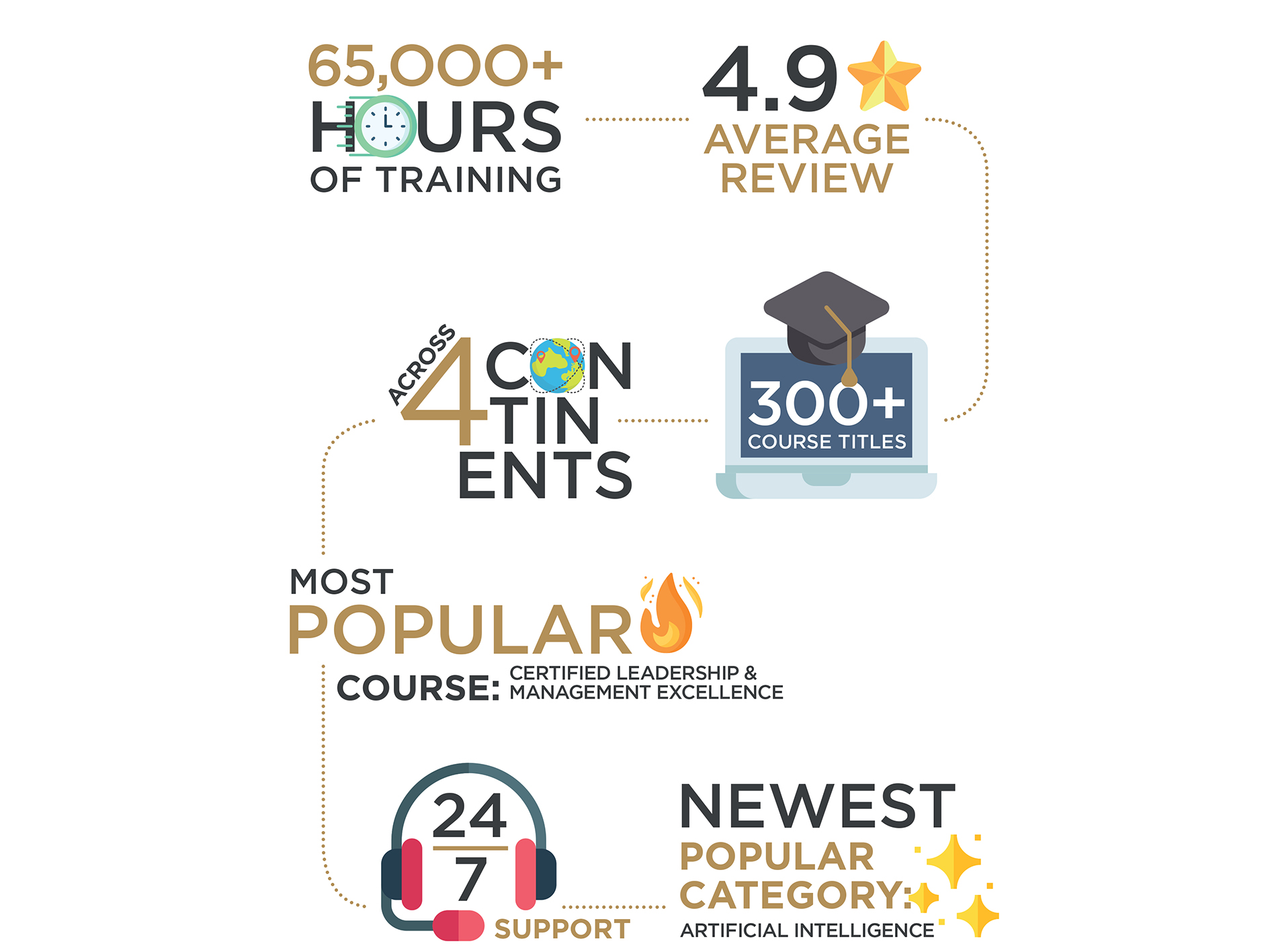What is a crisis? An unexpected and disruptive crisis can threaten the stability, reputation, or survival of an organisation or person. Crises can come in many ways, such as natural disasters, cyberattacks, product recalls, scandals or health emergencies. How you respond to a crisis can make a big difference in recovering from it and preventing or mitigating future ones.
Risk and Crisis management is about being prepared, staying calm and taking action. Here are some tips for managing through a crisis:
1. Assess the Situation and its Impact
The first step in risk and crisis management is to know the nature and scope of the problem and its potential impact on your organisation and your stakeholders. You need to gather as much relevant information as possible and analyse it objectively and critically. Some questions you can ask yourself are:
-
What is the cause of the crisis?
-
How serious and urgent is it?
-
Who is affected by it and how?
-
What are the possible consequences and risks?
-
What are the legal and moral implications?
When the problem is identified, various tools and methods to collect and evaluate data, such as surveys, interviews, reports or audits, can be used. In some situations, hiring an expert with experience or knowledge in dealing with similar problems would be more appropriate.
2. Communicate Effectively
Communication is key in crisis management. You must promptly, honestly and consistently communicate with your team, customers, partners, media and public. It is essential to have clear language to inform them about what happened, the remedy and what they can expect from you. At the same time, gather their feedback, concerns and suggestions and address them appropriately.
Some tips for effective communication are:
-
Use simple language that avoids jargon or technical terms
-
Use multiple channels that suit your audience's preferences and needs
-
Be empathetic and show that you care about their well-being
-
Be accountable and take responsibility for your actions
-
Be proactive and provide regular updates and follow-ups
-
Be positive and highlight the opportunities for improvement
3. Formulate the Execution Plan
Once you have assessed the situation and communicated with the stakeholders, you need to develop a plan that outlines the goals, strategies, actions, resources, timelines and measures of success.
Some steps for creating a plan are:
-
Define your desired outcomes and criteria for success
-
Brainstorm possible solutions and alternatives
-
Evaluate the pros and cons of each method
-
Choose the best option that suites your needs
-
Assign roles and responsibilities to your team members
-
Allocate the necessary resources and budget
-
Set milestones and deadlines
-
Monitor progress and performance
-
Review results and feedback
4. Learn from the experience
The last step in risk and crisis management is to learn from experience and improve the processes, systems, skills and capabilities to prevent similar problems in the future. To best prepare for the crisis, learn how to handle the situation and turn a crisis into an opportunity for growth by joining the training course.
 All Courses
All Courses
 Accounting and Finance
Accounting and Finance Administration and Office Management
Administration and Office Management Business Administration
Business Administration Chemical Engineering
Chemical Engineering Communications and Public Relations (PR)
Communications and Public Relations (PR) Compliance and Legal
Compliance and Legal Construction Management
Construction Management Contract and Project Management
Contract and Project Management Customer Experience and Relationship Management
Customer Experience and Relationship Management Data Management and Business Intelligent
Data Management and Business Intelligent Digital Transformation
Digital Transformation Energy and Sustainability
Energy and Sustainability Health, Safety and Environment
Health, Safety and Environment Healthcare Management
Healthcare Management Hospitality & Tourism
Hospitality & Tourism Human Resources and Talent Development
Human Resources and Talent Development Industrial Manufacturing and Production
Industrial Manufacturing and Production Innovation and Artificial Intelligence (AI)
Innovation and Artificial Intelligence (AI) Leadership and Management
Leadership and Management Oil and Gas
Oil and Gas Procurement & Supply Chain Management
Procurement & Supply Chain Management Public Sector
Public Sector Quality and Productivity
Quality and Productivity Retail and E- Commerce
Retail and E- Commerce Sales and Marketing
Sales and Marketing Sports Event Management and Operations
Sports Event Management and Operations Strategy and Business Planning
Strategy and Business Planning Sustainability and CSR
Sustainability and CSR Learning Solutions
Learning Solutions
 About Us
About Us
 iLearn Blog
iLearn Blog
 Directory Calendar
Directory Calendar
 Contact Us
Contact Us
 All Courses
All Courses
 Accounting and Finance
Accounting and Finance Administration and Office Management
Administration and Office Management Business Administration
Business Administration Chemical Engineering
Chemical Engineering Communications and Public Relations (PR)
Communications and Public Relations (PR) Compliance and Legal
Compliance and Legal Construction Management
Construction Management Contract and Project Management
Contract and Project Management Customer Experience and Relationship Management
Customer Experience and Relationship Management Data Management and Business Intelligent
Data Management and Business Intelligent Digital Transformation
Digital Transformation Energy and Sustainability
Energy and Sustainability Health, Safety and Environment
Health, Safety and Environment Healthcare Management
Healthcare Management Hospitality & Tourism
Hospitality & Tourism Human Resources and Talent Development
Human Resources and Talent Development Industrial Manufacturing and Production
Industrial Manufacturing and Production Innovation and Artificial Intelligence (AI)
Innovation and Artificial Intelligence (AI) Leadership and Management
Leadership and Management Oil and Gas
Oil and Gas Procurement & Supply Chain Management
Procurement & Supply Chain Management Public Sector
Public Sector Quality and Productivity
Quality and Productivity Retail and E- Commerce
Retail and E- Commerce Sales and Marketing
Sales and Marketing Sports Event Management and Operations
Sports Event Management and Operations Strategy and Business Planning
Strategy and Business Planning Sustainability and CSR
Sustainability and CSR Learning Solutions
Learning Solutions
 About Us
About Us
 iLearn Blog
iLearn Blog Directory Calendar
Directory Calendar
 Contact Us
Contact Us















































 Course category
Course category Course Venue
Course Venue
